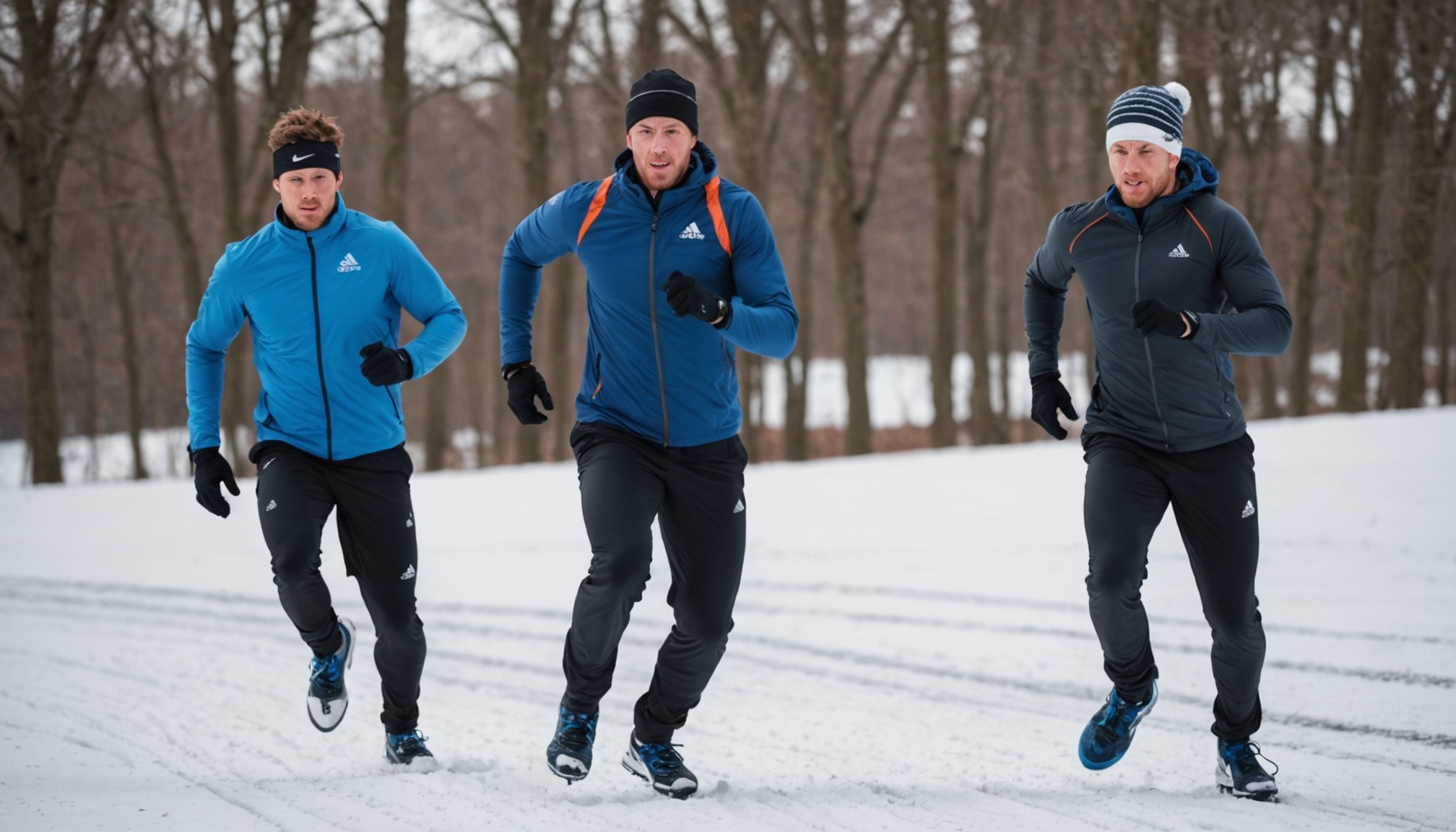As the chill of winter envelops our environments, the biting cold introduces unique challenges and opportunities for athletes engaging in outdoor sports and exercise. Training under cold conditions demands a thorough understanding of how temperature, weather, and body dynamics interact. The allure of cold weather training lies in its potential to enhance performance, but it also comes with a risk of increased injuries. This article delves into the intricate balance between exposure to cold, adaptive benefits, and potential threats to one’s muscle health and skin integrity.
Understanding Cold Weather Training
Engaging in sports and exercise during the cold months presents an array of physiological challenges that can impact athletic performance. The most palpable factor is the temperature drop, which affects muscle function, skin protection, and core body heat regulation.
Also read : What are the essential skills that young athletes should develop in their early training years?
The Physiology of Cold Exposure
When the air temperature dips, the body initiates several mechanisms to maintain its core warmth. Blood flow to the extremities is reduced, channeling warmth to vital organs. However, this naturally compromises muscle flexibility, coordination, and strength, leading to a heightened risk of injuries like strains or pulls during high-intensity activities.
Impact on Performance
While cold training can be invigorating, it often demands more energy as the body works overtime to keep warm. This additional energy expenditure can deplete stamina and endurance. Yet, when approached with caution, cold conditions can bolster performance by forcing athletes to adapt, ultimately improving efficiency and resilience.
In the same genre : Unlocking bmx success: harnessing video analysis to boost your racing tactics
Clothing and Gear
Appropriate clothing becomes paramount when training in frigid weather. Layering is key: moisture-wicking fabrics close to the skin, insulative layers, and wind-resistant exteriors can help maintain optimal body temperature. Investing in high-quality gear is essential to mitigate conditions and maintain safety.
Benefits of Cold Weather Training
Training in cold weather is not without its merits. Despite the apparent challenges, exercising in chillier environments can provide several advantages that enhance an athlete’s performance over time.
Enhanced Endurance and Adaptation
The body is a remarkable machine—its capacity to adapt is astounding. Cold weather training forces the body to become more efficient at regulating its internal environment. As a result, athletes often experience improved endurance and stamina. The challenges presented by the cold improve cardiovascular function and overall metabolic efficiency.
Mental Fortitude
Beyond the physical benefits, braving the cold builds mental toughness. The discipline required to exercise in less-than-ideal conditions can fortify an individual’s mental resilience, a crucial component of athletic success that translates into improved performance during competitions.
Reduction in Overheating
One of the lesser-known advantages of cold weather training is the reduced chance of overheating. In warmer climates, athletes must contend with heat exhaustion, which can severely affect performance. Cold environments mitigate this risk, allowing athletes to focus more on their activities without the overbearing heat holding them back.
Risks and Precautions
While the benefits of cold weather training are clear, it’s crucial to acknowledge the accompanying risks. Awareness and precaution are the cornerstones of safe and effective cold training.
Risk of Cold-Related Injuries
Cold impacts muscle elasticity, increasing the likelihood of strains and sprains. Frostbite and hypothermia are additional concerns, especially when exposure is prolonged. Athletes must be vigilant about signs of these conditions to prevent severe injuries.
The Role of Warm-Ups
Proper warm-ups are essential before participating in cold weather exercise. Gradually increasing body warmth prepares muscles for activity, reducing the risk of sudden injuries. Stretching and dynamic movements can enhance flexibility and circulation, ensuring muscles are primed for exertion.
Individual Considerations
Each athlete has unique thresholds for cold weather tolerance. Some individuals may require additional clothing layers or shorter training durations to remain comfortable and safe. It’s paramount to listen to one’s body and adjust conditions accordingly to prevent adverse effects.
Optimizing Performance in Cold Conditions
Achieving optimal performance in cold weather requires a strategic approach tailored to the unique challenges of winter training. Employing effective techniques can ensure beneficial outcomes while minimizing potential risks.
Hydration and Nutritional Needs
The cold can mask thirst, leading to potential dehydration—a common oversight in cold weather training. Athletes should maintain regular hydration practices alongside a balanced diet rich in carbohydrates, proteins, and fats to fuel exercise and promote recovery.
Effective Use of Equipment
Investing in quality gear is essential for successful cold weather training. From thermal clothing to insulated footwear, the right equipment can significantly enhance performance and safety. Technological advancements in fabrics and design provide athletes with the tools to combat the cold comfortably.
Monitoring Weather Conditions
Keeping a keen eye on the weather forecast is critical. Sudden temperature drops or unexpected storms can present hazardous conditions. Athletes should plan their sessions around the most favorable windows and remain adaptable to change.
In conclusion, cold weather training offers a spectrum of opportunities and challenges. By understanding the body’s response to cold, taking suitable precautions, and leveraging the right strategies, athletes can safely enhance their performance while mitigating the risk of injuries.










